Streams
Aquatic worms are present in most streams. These are usually small and thin so there is a need for fishing small, red worms.
Finally, rainstorms wash worms into the water. Fish especially enjoy eating worms after a rainstorm. Flooding washes additional worms into the streams. As the waters recede, worm fishing can be effective. The inlet area of a lake can be another favorite spot for a worm.
Since worms cannot swim, they helplessly drift along close to the stream’s bottom, although they stretch out and wiggle.
The best way to fish a worm in streams is to provide a natural drift for your bait. This means optimally weighting the worm so it drifts freely with the current close to the bottom.
I like to fish a drop shot rig with a short dropper about a foot or two above the weight. For weight, I use removable split shot. I use my forceps to quickly place a shot or remove one. I want just the right amount of weight so my worm is drifting at the same speed as the bottom current. A general rule is to have the worm drifting about one half the speed of the surface current. The surface currents are always faster than the bottom current. This is due to friction from the bottom structure. I use removable shot and change it so my drift is at the ideal speed. The sinker bounces along the top of the rocks, and since the hook is on a dropper with little resistance between you and the bait, you can easily detect a strike. The line twitches and stops. As you pull up you can feel both the weight and the throb of the fish. Strike hard to set the hook. A visible line is a plus because it allows you to follow its downstream drift. I use a leader surgeon-knotted to the line. Next I tie another surgeon knot with one end tied long as a
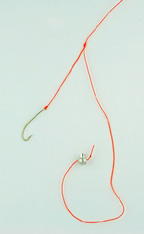
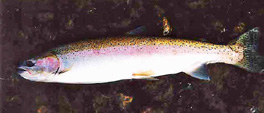
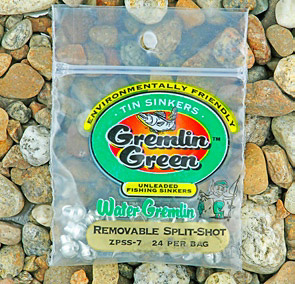
dropper. A figure eight knot is placed at the end of the leader. This serves as a stopper so the shot won’t accidently slide free. If the shot is snagged, sometimes a hard pull will slip the line through the slot and prevent you from breaking off the hook and leader.
Removable non-lead shot is best for the environment. The same forceps used to release fish work at placing and removing shot. Keep the forceps and shot box handy. Take the time to adjust the weight so you can effectively fish each hole.
I started worm fishing by placing the hook at the leader or line’s end, and I would place the shot about one foot above. This is still effective but the pinched shot weakens the leader or line. If it snags, you lose the hook. You have more procedures to re tie and pinch shot back on. Plus the worm travels deeper than I want it to and is not as readily visible to the fish. The hook also hangs up more frequently and I think that I get twice as many snags with this set up as compared to the first set up. Plus you have more items to re-rig. This is why I now prefer the first method.
Free drifting a worm with no weight works the best in shallow streams and in slow streams, freely allowing the worm and hook to drift. Give it just enough slack so it has a natural drift. Again, a natural drift is the same one as a free drifting worm would take. Placing a fresh, lively worm that wiggles as it goes is a great attraction for fish.
I like to use light wire barb-less hooks and rig the worm in two places. The first is through the head and the second place is in the middle of the worm. That is where the hook is embedded, although I sometimes think that a threaded worm is best, but this is difficult to do on a lively worm and the worm soon dies. But the threaded worm is stretched out as it drifts and looks natural and is difficult to lose.
Bobber fishing a stream is gaining popularity. Simply place the bobber so the worm is drifting about a foot over the fish’s location. Relatively little weight is needed. A smaller-than-you-think split shot will sink the worm on a bobber rig. You can also use a small jig head hook 1/32, 1/16, to 1/8 oz and hook the worm to it. Fish this bobber rig so it presents the bait to all the locations that may have a fish. This is best for snag-filled streams. It allows your gear to drift just above the snags, plus the bobber is a great strike indicator. Set the hook when the bobber stops or moves sideways. In this case a sharp, thin wired, barb-less hook will be imbedded into the fish’s jaw from the pull of the bobber. All you have to do is tighten up to be solidly hooked another reason for choosing barb-less hooks.
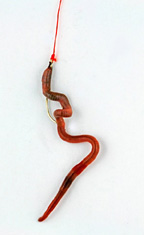
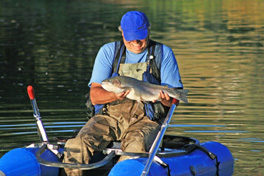
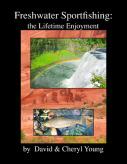
© 2025 The Gale Group, Inc. All rights reserved.
© 2025 Perigee Learning LLC. All rights reserved.
LoveTheOutdoors.com is owned and operated by Advameg, Inc. © 2025 Advameg, Inc.
Camping Adventures • Dutch Oven Cooking • Sports Knots
Fly Tying • Freshwater Fishing • Fly Fishing

